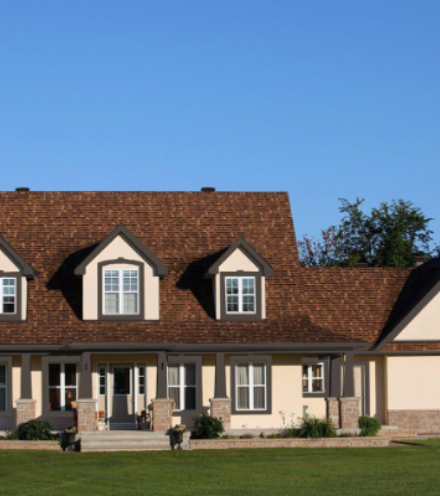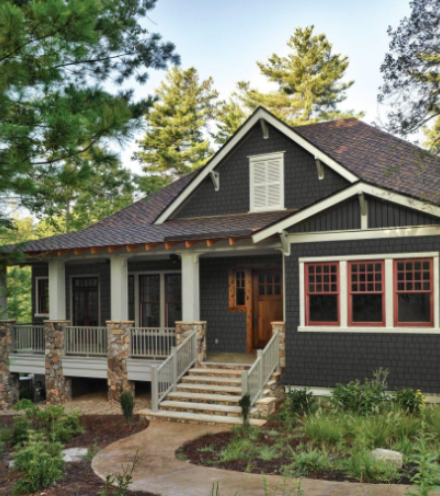It seems that Americans feel most at home in big houses, so big that they rank second in a Point2Homes study conducted across 9 different countries examining house sizes around the world. Compared to their European counterparts, U.S. homes are 30% bigger. The contrast becomes even more striking when we compare to the rest of the world. An American home is nearly twice the size of a Brazilian one.

Americans love their big spaces
Since the 1970s U.S. homes have been getting larger. In 2015 the size of a single-family home was 2,467 square feet, which signifies a 62% growth over the past four decades. Staying true to their “go big or go home” philosophy, Americans still want more space. The survey shows that U.S. respondents are not satisfied with their current housing realities.

To quench this ever-growing thirst for more space, American developers have started building bigger, so big that even Australia is falling behind. The average new home in the U.S. now totals over 2,430 square feet, 74% percent more than those built in 1910. Compared to their ancestors, Americans living in a newly built home now enjoy 221% more space per person. Unlike their homes, American families are shrinking, so the living space per person is increasing. The median living area per person in a brand-new U.S. home reached 971 square feet in 2015. For all homes – regardless of year built – the U.S. takes the first place, topping the list with an average of 656 square feet per person.
Although home size preferences don’t vary much across the U.S., the buying power does. Bigger is indeed better, but only for a small segment of population. Their preference for highly-amenitized mammoth homes dictates the current building trends, making it hard for others, especially for the younger generations, to buy homes.
The bigger the homes, the smaller the apartments
This leads to a whole different problem. Compared to homes, U.S. apartments are getting smaller. An entire generation of young American workers is sacrificing living space for prime urban locations. According to a study by apartment search website RENTCafé, for the past ten years, apartments have been shrinking across the country, reaching the lowest average, 934 square feet, for units completed in 2016.

Ironically, it’s studios that have seen the most significant drops in size. 2010 marked a turning point for real estate markets across the country and these already tiny units saw the steepest decline, dropping from 617 to 508 square feet, over the course of just one year. On the other hand, 2-bedroom apartments remained the most stable of all property types.
One country, different trends
One might assume that Manhattan residents are the ultimate champions of living small, but it looks like it’s the West Coast that puts renters’ limits to the test in the country’s smallest units. California and Arizona top the list for the smallest apartments in the nation. The average size for an apartment in the Western market is 852 square feet. That seems really small when we look on the other size of the spectrum. Apartments in the South are the nation’s largest, at an average size of 974 square feet. A hot spot of the South for jobs and a big draw for renters, Atlanta rentals lead in size.

Luxury apartments outsize them all
It goes without saying that luxury properties tend to offer more space, with apartments averaging about 988 square feet. Luxury apartments in Denver dominate the sector, where a 2-bedroom luxury apartment for instance offers about 1,133 square feet. That’s quite large compared to an average non-luxury unit that comes at about 939 square feet.
Construction of single-family homes and apartments is ramping up to meet housing demand
The high demand for housing in the nation's small and large markets has permitted multifamily developers to tap into urban markets and bring older buildings back to life or build new ones, thus reviving long-dormant communities and creating a new setting for young generations to live, work and play. Both the single-family home and multifamily construction industries are rallying up to meet this increasing need for more housing across all generations.
Guest post by Luliana Mindru
Luliana is a content writer for RENTCafé. Curiosity is her strongest skill, which is exactly what got her working in the crazy world of real estate. She strives to learn something new every day. In her spare time, she loves painting and reading. She's learning to enjoy the simple things in life.




